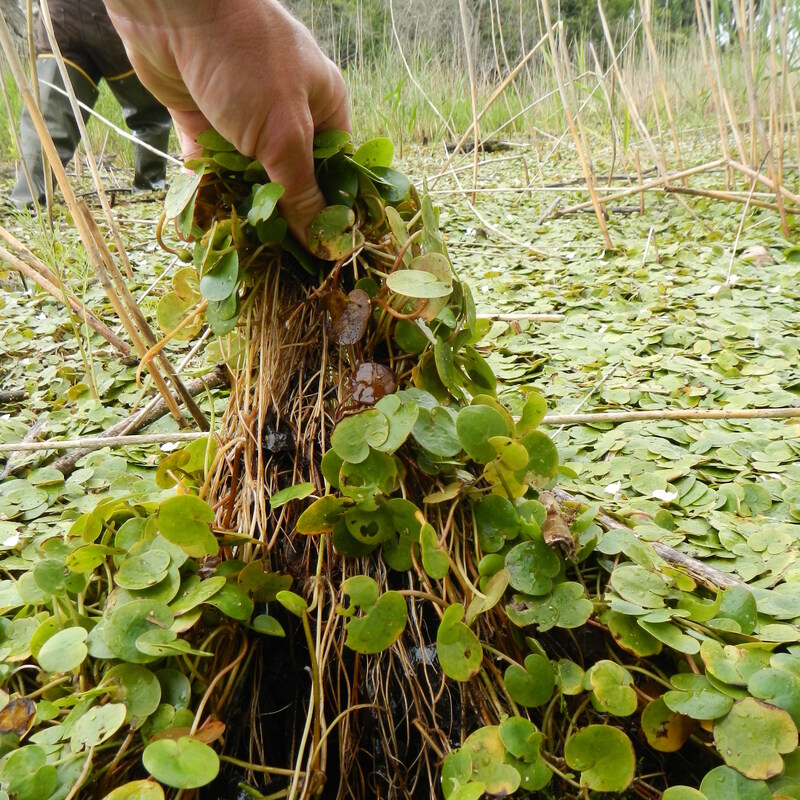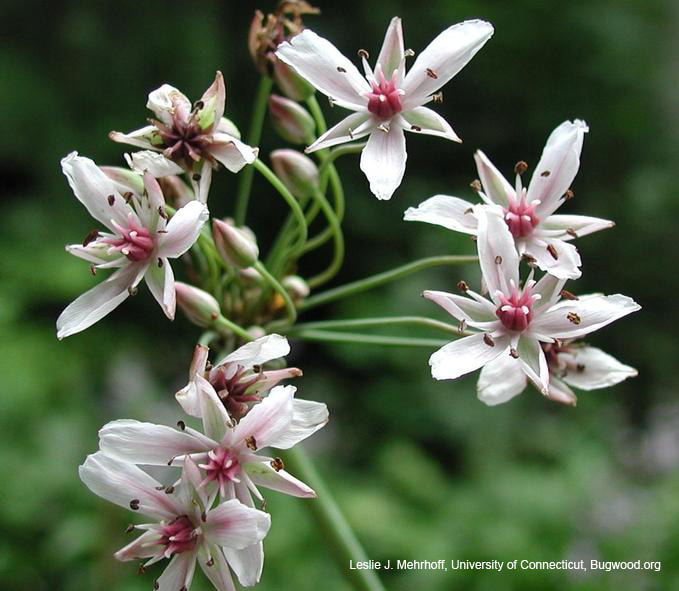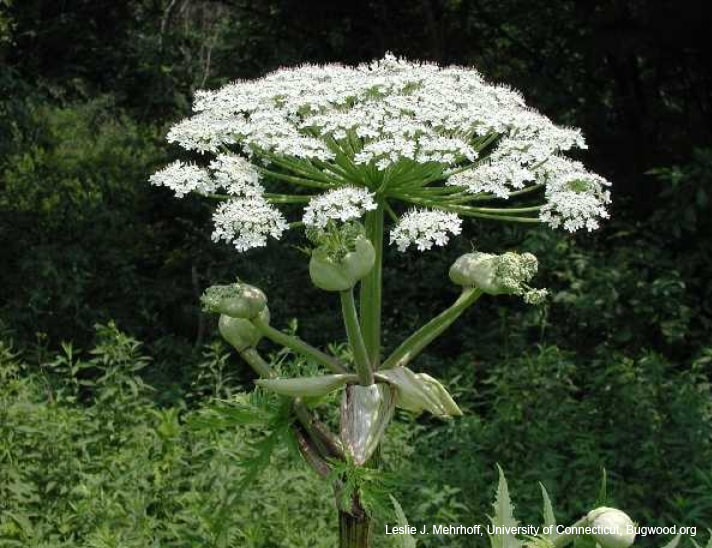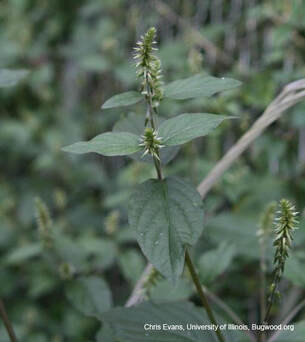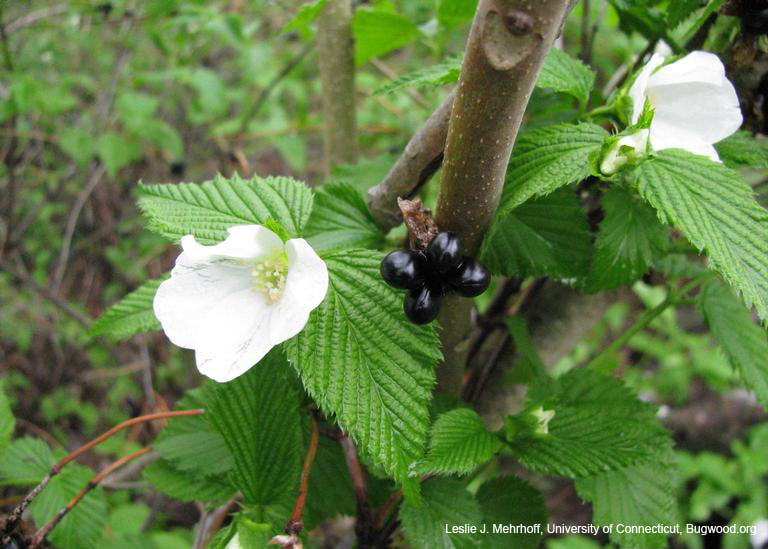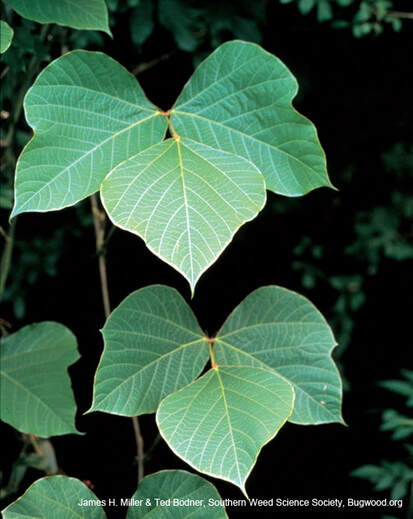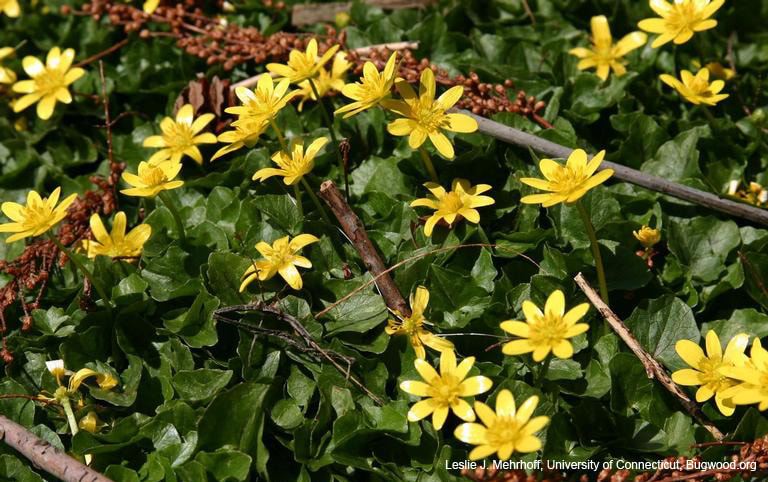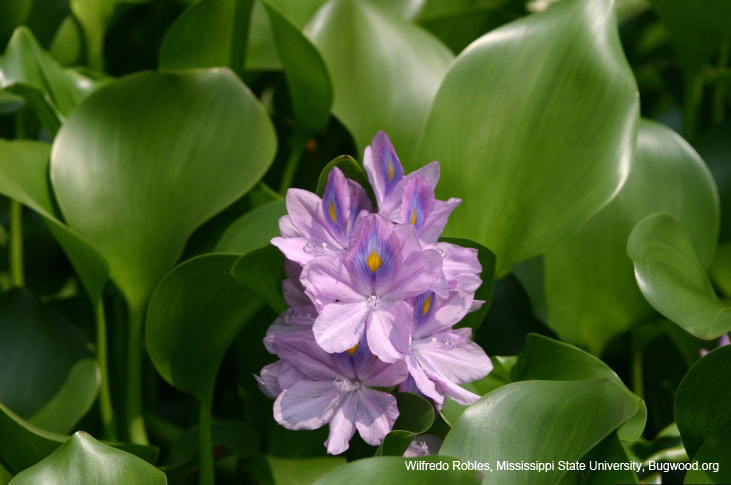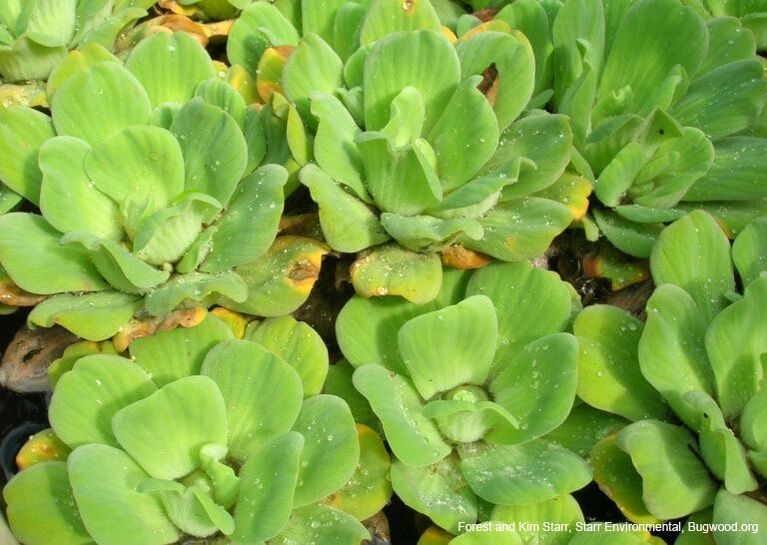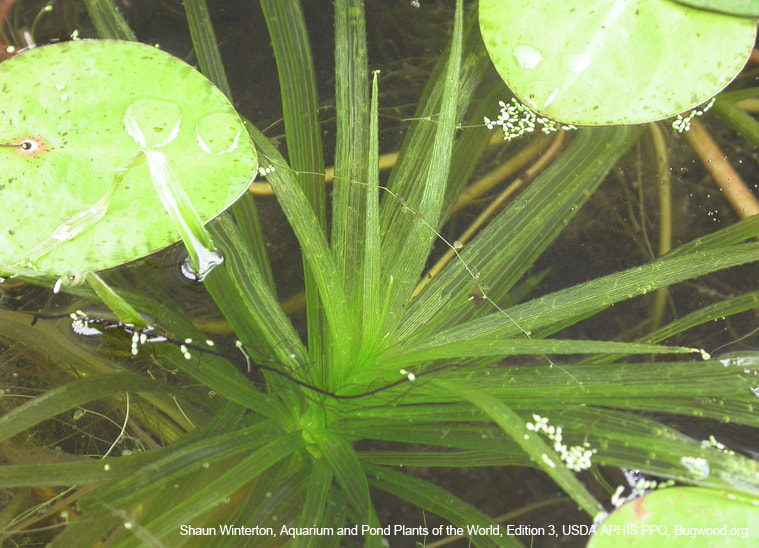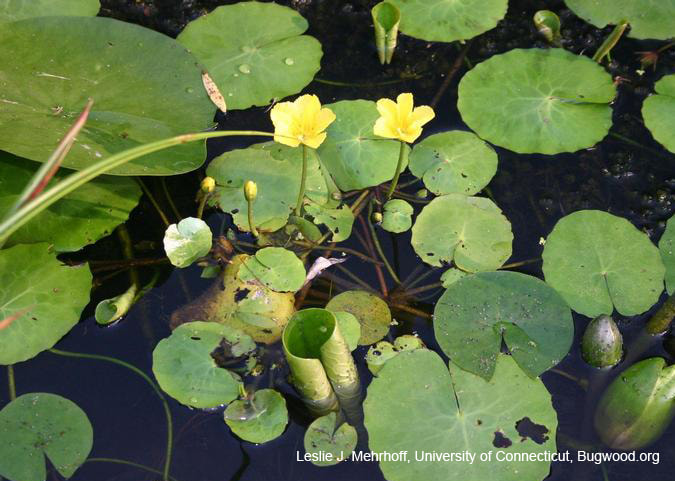These species are invasive plants that have been observed in other locations, particularly southern Michigan and its bordering states. They either have not been observed in the NCCISMA geographic region, or their observation has been limited to a few isolated occurrences.
It is unlawful to possess, introduce, import or sell a species that is prohibited or restricted in Michigan.
It is unlawful to possess, introduce, import or sell a species that is prohibited or restricted in Michigan.
Black & Pale Swallow-wort
|
Description
Habitat Swallow-wort is native to Europe. It is often found in disturbed areas including pastures and farm fields and can tolerate a variety of light and soil conditions. Reason For Concern Swallow-wort plants grows rapidly over vegetation. Their roots emit substances that are lethal to other plants. Swallow-wort plants are known to be toxic to mammals, including livestock. |
|
Chinese Yam
Michigan Watch List Species
|
Description
Habitat Chinese yam is native to Asia. It an be found many areas including along roadsides, fence rows, stream banks, ditches, and in forests. Reasons for Concern: Chinese yam grows quickly and can over surrounding vegetation. |
|
European Frog-Bit
Michigan Watch List Species - Prohibited in Michigan
|
Description
Habitat European frog-bit grows primarily in slow moving water, along the edges of rivers, lakes, and wetlands, and ditches. Reasons for Concern: It forms dense, tangled mats in the water which are difficult for wildlife, people, and boats to move through. It can be spread by stolons and turions. |
Flowering Rush
Restricted in Michigan
|
Description
Habitat Flowering rush is native to Europe and western Asia. It typically grows in waters less than 10 feet deep. It tends to inhabit wetlands along rivers and lakes, as well as ditches with persistent standing water. Reasons for Concern: Flowering rush can block water flow and hinder recreational activities. It is known to harbor the snails that host the swimmer's itch parasite. |
Giant Hogweed
Prohibited in Michigan
|
Description
Giant hogweed is a tall (8-15 feet) biennial or short-lived perennial. If the sap of the plant comes into contact with skin, it causes severe blistering and skin discoloration when in the presence of sunlight.
Giant hogweed is native to Russia and Georgia. It can grow in a range of habitats, but prefers open, moderately moist areas. |
Himalayan Balsam
Michigan Watch List Species
|
Description
Habitat Himalayan balsam is native to the Himalayas. It can be found in moist areas including riverbanks, ditches, swamps, and floodplains. |
Japanese Chaff Flower
Michigan Watch List Species
Japanese Stiltgrass
Michigan Watch List Species
Jetbead
|
Description
Habitat Jetbead is native to China and Japan. It can tolerate a range of sun conditions and prefers well-drained soils. It has been found to invade forests. |
Kudzu
Michigan Watch List Species
|
Description
Habitat Kudzu is native Asia. It prefers open, sunny area, but will grow under a variety of conditions. Problems Caused Kudzu is a fast growing vine which can grow between 32-100 feet long. It can spread at a rate of one foot per day. |
Lesser Celandine
Water Hyacinth
Michigan Watch List Species
|
Description
Habitat Water hyacinth can grow in freshwater wetlands, ponds, lakes, and rivers. It does not tolerate freezing temperatures for long periods of time. Problems Caused It reproduces quickly and forms dense mats in the water. |
Water Lettuce
Michigan Watch List Species
|
Description
Habitat Water lettuce grows in slow-moving waters including ponds, lakes, and ditches. Problems Caused Reproduces quickly and covers the surface of the water in dense mats. |
Water Soldier
Michigan Watch List Species - Prohibited in Michigan
|
Description
Habitat Water lettuce is native to Europe and northwest Asia. It grows in freshwater including ponds, lakes, and rivers. Problems Caused It forms dense mats in the water and its sharp leaves can cut swimmers. |
Yellow Floating Heart
Michigan Watch List Species - Prohibited in Michigan
|
Description
Habitat Yellow floating heart is native to Europe and Asia. It grows in slow moving waters including lakes, ponds, rivers, and streams. Problems Caused It forms dense mats in the water. Can reproduce through plant fragments. |
|
Subscribe to NCCISMA's Quarterly Newsletter!
|
401 N Lake Street
Cadillac, MI 49601 |















